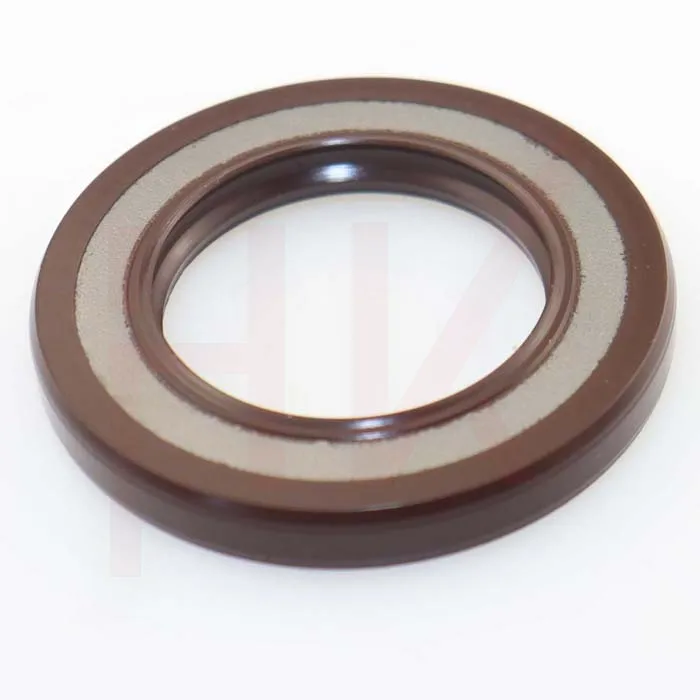დეკ . 19, 2024 21:39 Back to list
hydraulic lift cylinder seal kits
Understanding Hydraulic Lift Cylinder Seal Kits
Hydraulic systems are an integral part of many mechanical operations, particularly in industries such as construction, automotive, and manufacturing. Among the crucial components of these systems are hydraulic lift cylinders, which are responsible for converting hydraulic energy into mechanical motion. To ensure their effective operation, hydraulic lift cylinder seal kits play a vital role by providing necessary sealing to prevent fluid leakage and maintain optimal pressure.
What are Hydraulic Lift Cylinder Seal Kits?
Hydraulic lift cylinder seal kits typically include a variety of components designed to create a seal within a hydraulic cylinder. These components may comprise O-rings, U-cups, guide rings, and backup rings, each serving a specific function in maintaining the necessary pressure and preventing hydraulic fluid from leaking out of the system. The design and composition of these seals can greatly affect the performance and longevity of the hydraulic cylinder.
Importance of Seals in Hydraulic Systems
Seals are crucial in hydraulic systems as they perform the following functions
1. Prevent Leakage The primary function of seals is to prevent the hydraulic fluid from leaking out of the cylinder. Fluid loss can lead to reduced efficiency and potentially catastrophic system failure.
2. Maintain Pressure Effective sealing helps maintain the necessary pressure within the hydraulic system to ensure smooth operation and responsiveness.
3. Protect Components Seals not only prevent fluid from escaping but also keep contaminants such as dirt and moisture from entering the hydraulic system, which can cause wear and damage to the components.
4. Reduce Friction Properly designed seals help in reducing friction between moving parts, thereby enhancing the overall efficiency of the hydraulic cylinder.
Types of Seals in Hydraulic Lift Cylinder Seal Kits
Hydraulic lift cylinder seal kits can contain various types of seals tailored to the specific needs of the hydraulic system. Some common types include
- O-Rings These are circular seals that fit into a groove and provide an excellent seal for both static and dynamic applications
.hydraulic lift cylinder seal kits

- U-Cups Shaped like the letter U, these seals are particularly effective in sealing under pressure and are commonly used for rod and piston sealing.
- Guide Rings These rings are used to provide guidance to the moving parts of the cylinder while also protecting the seals from wear.
- Backup Rings These are used in conjunction with O-rings to prevent extrusion under high-pressure conditions.
Selecting the Right Seal Kit
Choosing the correct hydraulic lift cylinder seal kit is essential for maintaining the efficiency and longevity of your hydraulic system. Here are a few factors to consider
1. Compatibility Ensure that the seal kit is compatible with the specific type and model of the hydraulic cylinder.
2. Material Seals are made from various materials depending on the application, such as nitrile rubber, polyurethane, or PTFE (Teflon). The choice of material should relate to the temperature, pressure, and fluid type in use.
3. Specifications Look at the specifications provided by the manufacturer, including dimensions, pressure ratings, and operating temperatures, to ensure optimal performance.
4. Environmental Conditions Consider the surrounding conditions where the hydraulic system operates, such as exposure to harsh chemicals or extreme temperatures, to select seals that can withstand those conditions.
Maintenance and Replacement
Regular maintenance and timely replacement of hydraulic lift cylinder seal kits are crucial for effective operation. Signs that seals are failing include visible leakage, reduced performance, and increased noise during operation. Ignoring these signs can lead to more extensive damage and costly repairs, making it essential to monitor the condition of seals routinely.
In conclusion, hydraulic lift cylinder seal kits are indispensable for the efficient operation of hydraulic systems. By understanding their functions, types, and importance, operators can make informed decisions about maintenance and selection, ensuring that their hydraulic systems run smoothly and effectively. Regular inspection and timely replacements not only prevent costly downtimes but also enhance the overall productivity of operations that rely on hydraulic technology.
-
The Trans-formative Journey of Wheel Hub Oil Seals
NewsJun.06,2025
-
Graphene-Enhanced Oil Seals: Revolutionizing High-Pressure Oil Sealing
NewsJun.06,2025
-
Future of Hydraulic Sealing: Advanced Intelligent TCN Oil Seals
NewsJun.06,2025
-
Don’t Let a Broken TCV Oil Seal Ruin Your Day
NewsJun.06,2025
-
Bio-Inspired Dust Seals for Better Sealing Performance
NewsJun.06,2025
-
Biodegradable and Sustainable Hydraulic Seal Materials
NewsJun.06,2025
-
Top Oil Seal Solutions for Your Industrial Needs
NewsMay.22,2025
Products categories
















